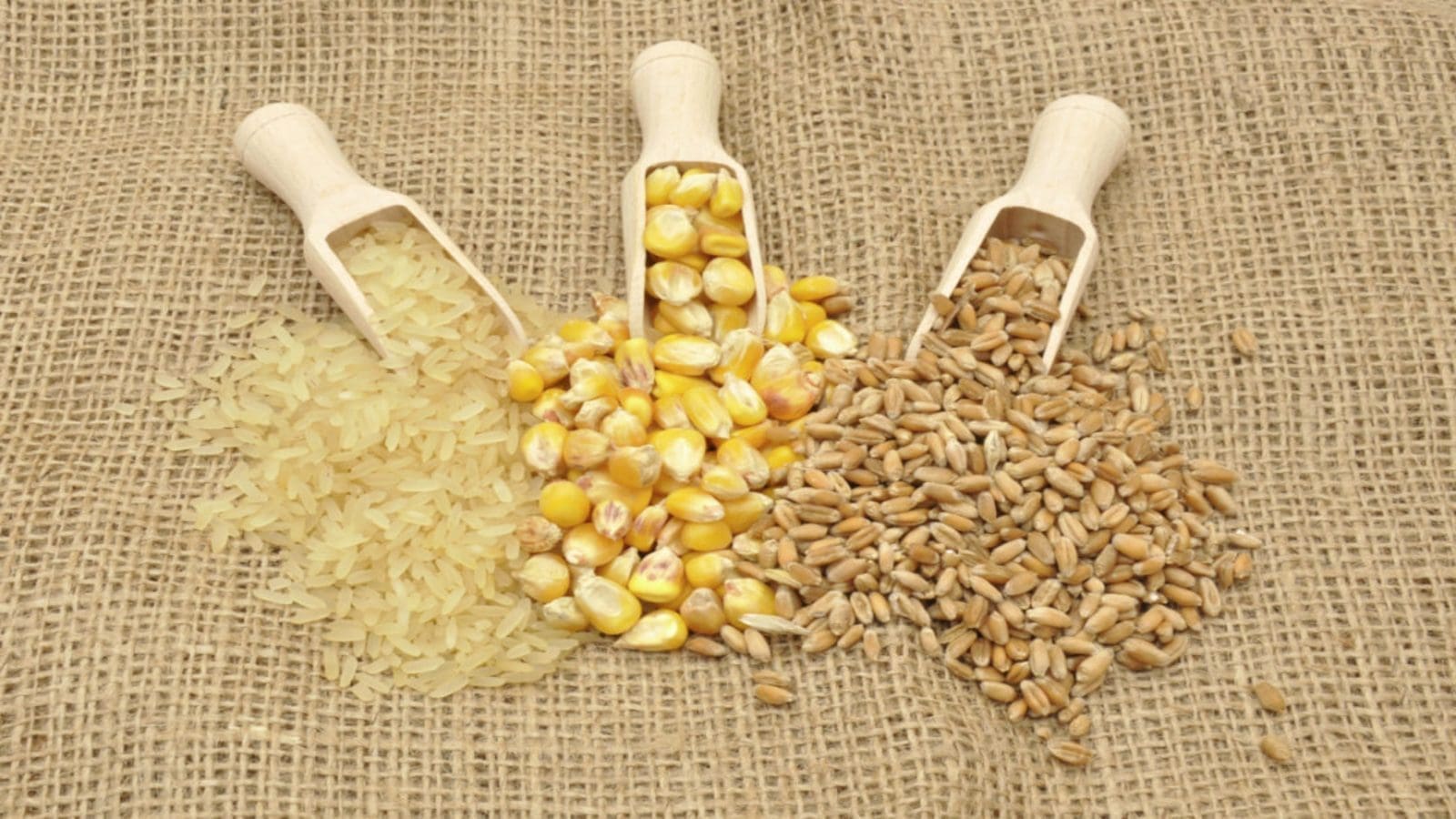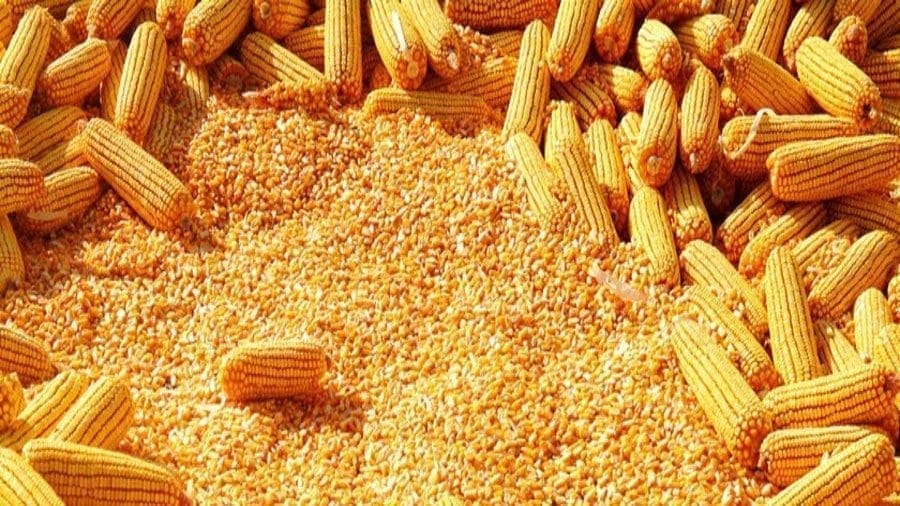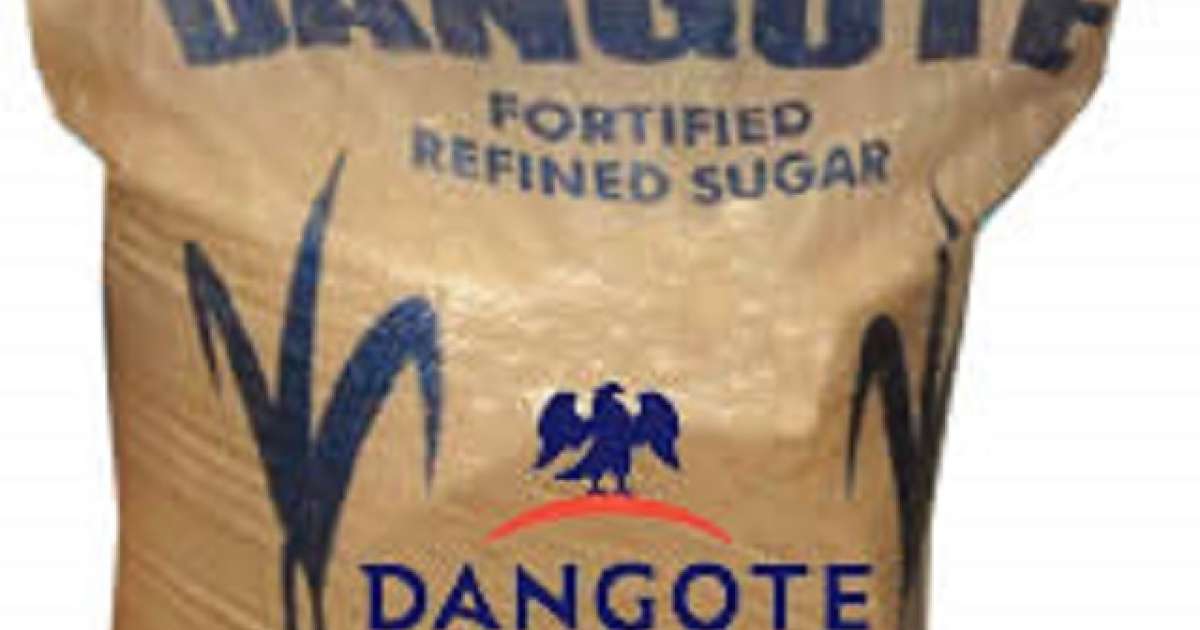THAILAND—United States Department of Agriculture’s Foreign Agricultural Service Post in Thailand expects MY2022/23 rice production to recover from MY2021/22 due to available water supply and abundant precipitation from La Niña in 2022.
Thai rice exports are forecast to remain unchanged at 8 MMT in 2022, which is 31 percent higher than 2021 due to larger exportable supplies. Demand is expected to increase for the remainder of 2022 as its current prices are competitive to other exporting countries.
Post’s forecast for MY2021/22 corn production remains unchanged at 5.3 MMT, down 4 percent from MY2020/21 due to reduced off-season corn acreage.
Availability of water and favorable weather conditions encouraged farmers to switch to other crops during the off-season period that have lower maintenance costs and higher returns.
Furthermore, the lack of incentives or price support programs for off-season corn planting, coupled with the higher cost of agricultural inputs discouraged farmers from planting corn.
Corn imports totaled 0.91 MMT in the first 9 months of MY2021/22, down 20 percent from the same period last year owing to China’s stringent measures to control the spread of COVID-19 that included prohibiting Burmese trucks and drivers from entering China.
The Chinese government only allowed Chinese trucks and drivers to transport goods across the border, which resulted in higher transportation costs, delays, and damaged agricultural products.
Burmese corn exporters are also facing challenges from the new controls on foreign currency, which has slowed down trade activity across the border.
Post revised down MY2022/23 wheat imports to 2.7 MMT as demand for milling wheat has dropped more than the growing demand for feed wheat. Despite the reduction, MY2022/23 wheat imports are still 8 percent higher than MY2021/22.
Milling wheat imports were revised down to 1.1 MMT, unchanged from the previous year despite an expected increase in the number of foreign tourists.
This can be attributed to caution among flour mills regarding building up inventories of milling wheat and flour due to concerns about high import prices of milling wheat.
In addition, bakeries have slowed production of bakery goods due to the20 percent increase in production costs.
Post expects that imports of feed wheat will increase to 1.6 MMT, up 14 percent from the previous year due to expected strong demand for poultry exports which will lead to an increased demand for feed wheat and other feed ingredients in poultry production.
Additionally, feed wheat imports stand to benefit from the temporary removal of restrictive import measures from May 10 to July 31, 2022.
Liked this article? Subscribe to Food Business Africa News, our regular email newsletters with the latest news insights from Africa and the World’s food and agro-industry. SUBSCRIBE HERE.











